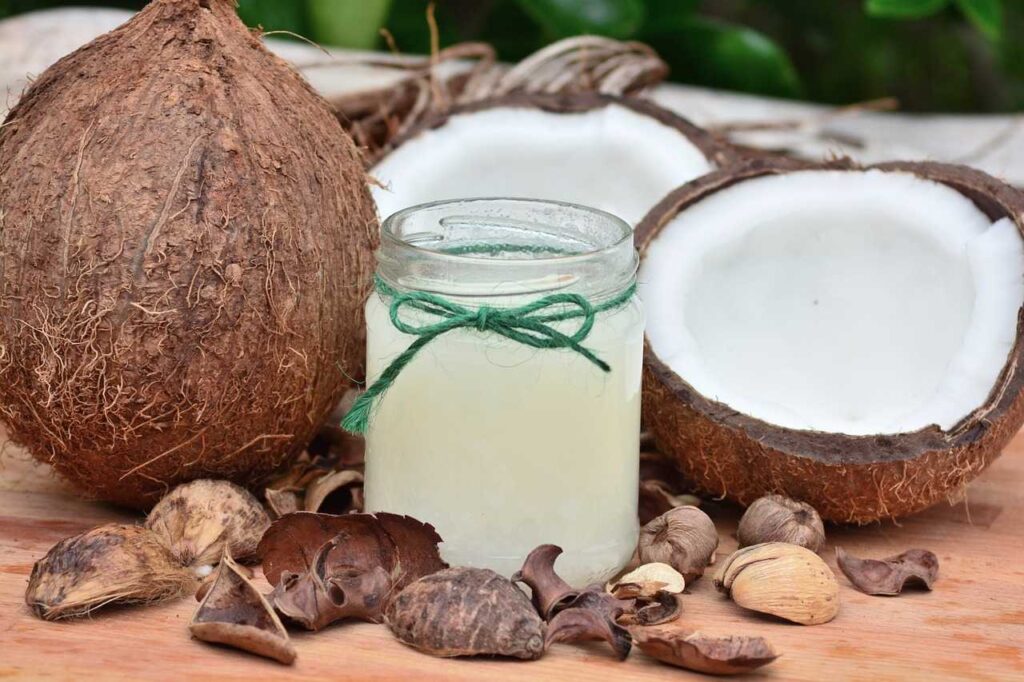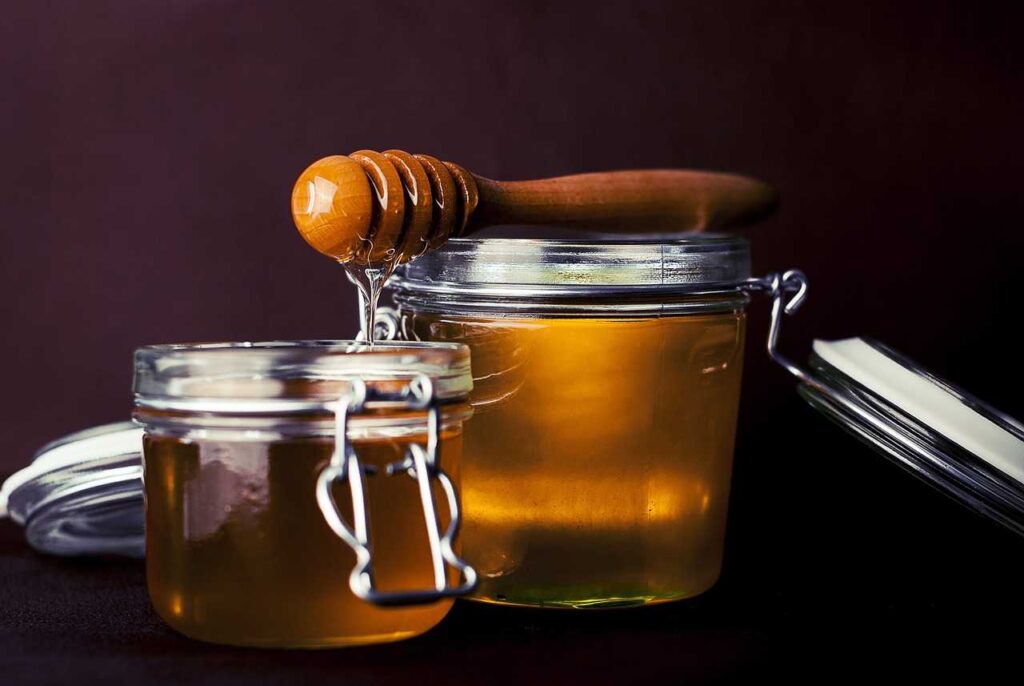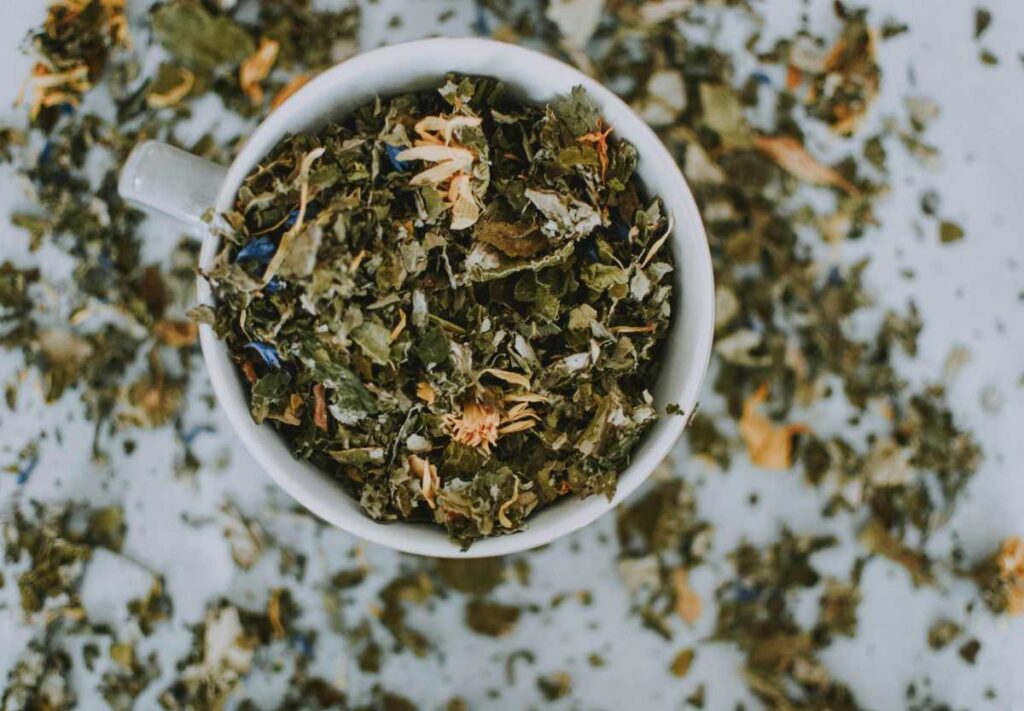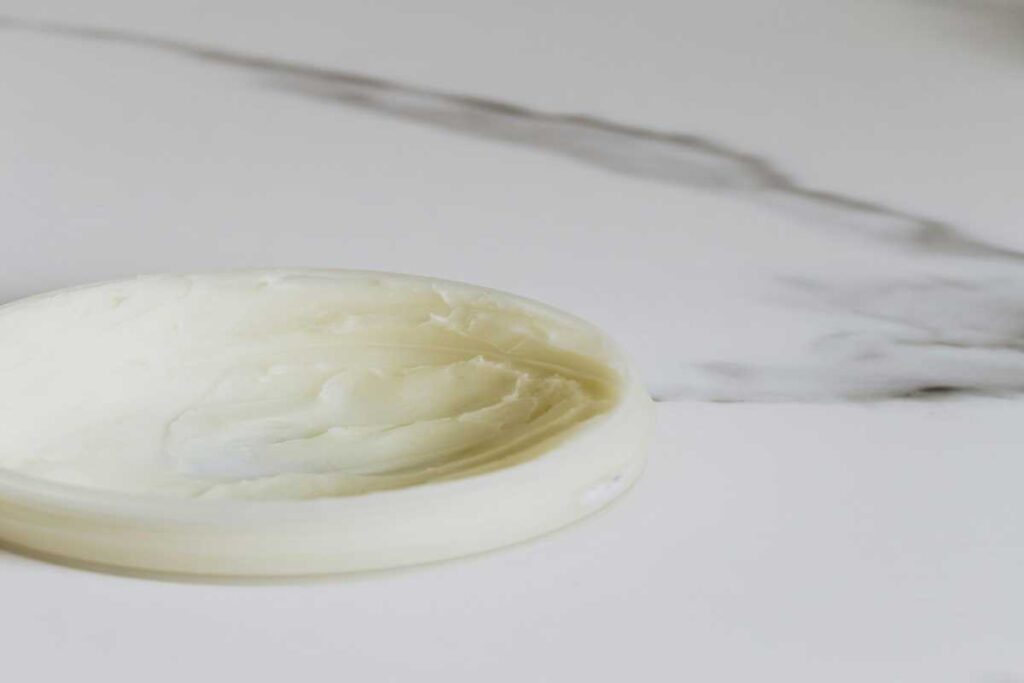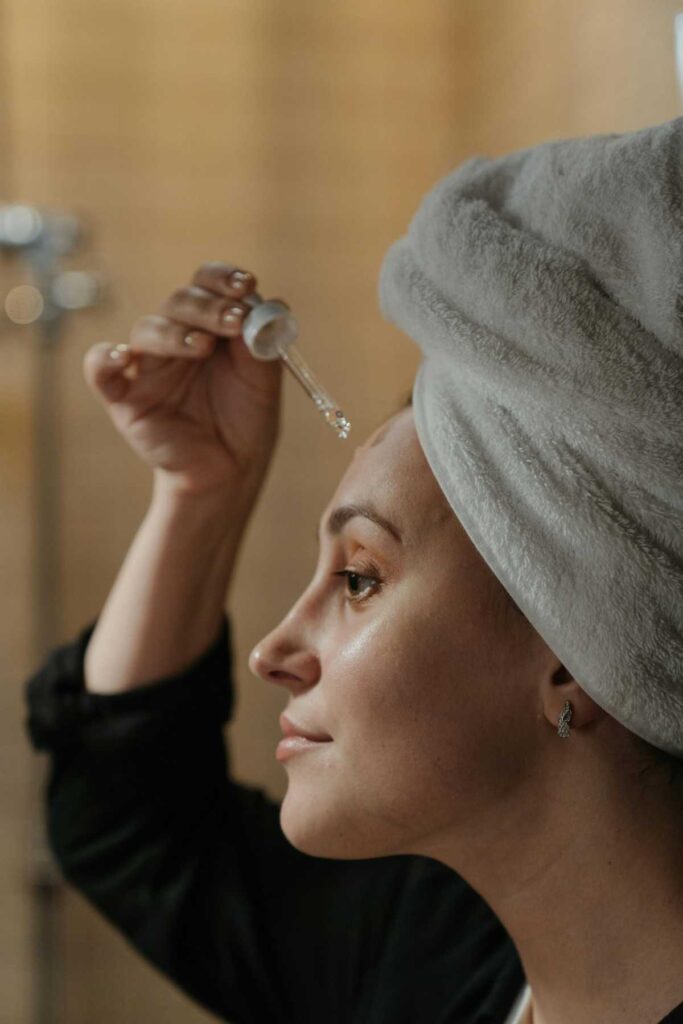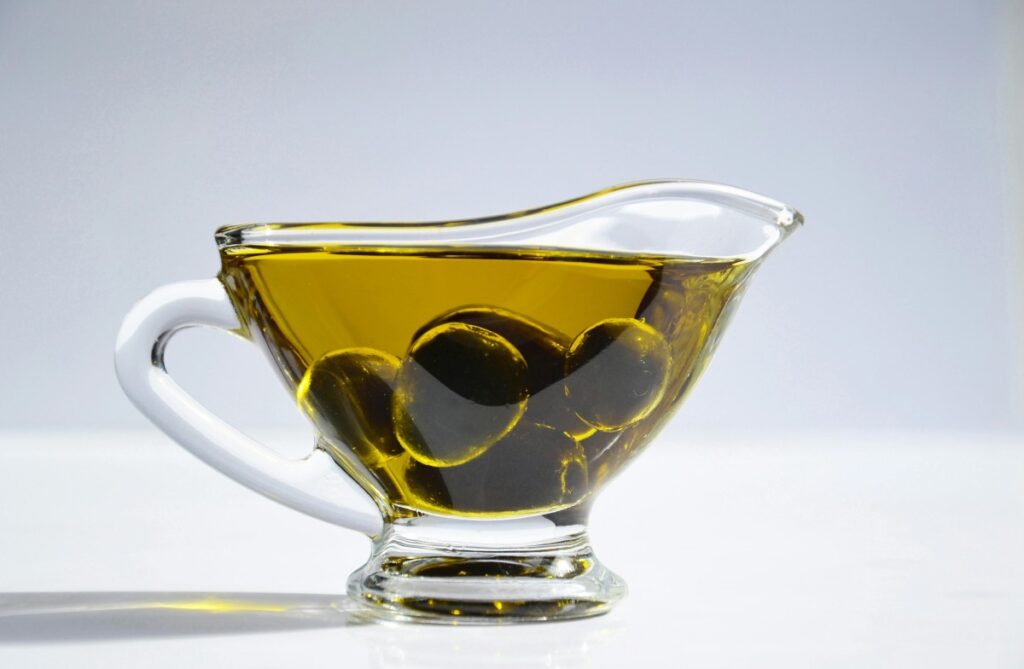Milk is a staple in many households, often consumed for its health benefits. But did you know that it can also work wonders for your hair? Full of essential nutrients like proteins, vitamins, and fats, milk is often used in natural hair care routines. Whether you’re looking to nourish dry hair, add shine, or strengthen your strands, milk may offer a variety of benefits to improve your hair’s health.
In this article, we’ll explore the benefits of milk for hair and how to apply it effectively for the best results.
The Benefits of Milk for Hair
Milk is packed with key nutrients that can nourish your hair from the root to the tip. Here are some of the most important benefits of using milk on your hair:
1. Hydrates and Moisturizes
Milk contains fats that are essential for keeping your hair hydrated and moisturized. These fats penetrate the hair shaft to prevent dryness, leaving your hair soft and shiny. This makes milk an excellent remedy for dry, brittle, or frizzy hair.
2. Strengthens Hair
Milk is rich in protein, particularly casein and whey protein, which can help strengthen your hair. These proteins help to repair damage and fortify hair strands, reducing breakage and improving overall hair health. Regular use can promote stronger, more resilient hair.
3. Promotes Hair Growth
The vitamins and minerals found in milk—such as vitamin B12, calcium, and potassium—help stimulate the hair follicles, encouraging hair growth. The nourishing properties of milk can improve blood circulation to the scalp, which is crucial for healthy hair growth.
4. Adds Shine
Milk’s moisturizing and conditioning effects can help give your hair a natural shine. By providing the right nutrients, it smooths the hair cuticle, making it look healthier and more lustrous.
5. Reduces Dandruff
Milk has soothing properties that can help alleviate scalp irritation and reduce dandruff. The fats in milk help to hydrate the scalp, while the proteins support the skin’s natural barrier, reducing flakiness and itching.
6. Improves Scalp Health
The anti-inflammatory properties of milk can calm an irritated scalp, addressing issues like dryness, itchiness, or inflammation. A healthy scalp is essential for optimal hair growth and can help reduce conditions like dandruff or psoriasis.
How to Apply Milk to Your Hair
Applying milk to your hair can be a simple yet effective way to boost its health. Here’s how to use milk in your hair care routine:
1. Milk Hair Rinse
This is the easiest method for adding milk to your hair care routine. Simply rinse your hair with milk after shampooing to benefit from its nourishing properties. You can use either full-fat or low-fat milk, depending on your preference and hair type.
- How to use: Pour a small amount of milk into a bowl. After shampooing, pour the milk onto your scalp and hair, ensuring all of your hair is covered. Leave it on for 10-15 minutes, then rinse thoroughly with lukewarm water.
2. Milk Hair Mask
For deep nourishment, you can create a hydrating hair mask with milk. This method works well for dry or damaged hair, helping to lock in moisture and improve texture.
- How to make: Mix 1/2 cup of milk with 2 tablespoons of honey or olive oil (optional for extra moisture). Apply the mixture to damp hair, starting from the roots and working your way to the ends. Leave the mask on for 20-30 minutes, then rinse with warm water.
3. Milk and Coconut Oil Treatment
Coconut oil is well-known for its hair-nourishing benefits, and when paired with milk, it creates a powerful treatment that can hydrate, strengthen, and repair your hair.
- How to make: Combine 1/4 cup of milk with 2 tablespoons of coconut oil. Gently warm the mixture until the oil melts, then apply it to your scalp and hair. Massage the mixture into your scalp for a few minutes, and then leave it on for 30 minutes to an hour. Rinse with lukewarm water and shampoo as usual.
4. Milk and Aloe Vera Gel

Aloe vera is another ingredient known for soothing and healing properties. When mixed with milk, it can calm the scalp and hydrate your hair, helping to reduce dandruff and dryness.
- How to make: Mix 1/4 cup of milk with 2 tablespoons of aloe vera gel. Apply the mixture to your scalp and hair, and leave it on for 15-20 minutes. Rinse with lukewarm water and follow with a gentle shampoo.
5. Milk and Lemon Juice for Shine
Lemon juice is an effective natural remedy for boosting hair shine, and when combined with milk, it can enhance the overall appearance of your hair.
- How to make: Mix 1/2 cup of milk with 1 tablespoon of fresh lemon juice. Massage the mixture into your scalp and hair, and leave it on for 10-15 minutes. Rinse thoroughly with water for shiny, healthy-looking hair.
Tips for Using Milk on Hair
- Use Full-Fat Milk for Extra Moisture: Full-fat milk works best for dry or damaged hair, as it provides additional moisture and nourishment. If you have oily hair, you can use low-fat or skim milk.
- Don’t Overdo It: While milk is beneficial for your hair, using it too frequently may lead to product buildup. Aim to use milk treatments once a week or as needed.
- Patch Test First: If you have sensitive skin or allergies, do a patch test before applying milk or any homemade hair treatment to ensure you don’t have an adverse reaction.
- Be Consistent: For noticeable results, be consistent with your milk hair treatments. Over time, you’ll likely notice softer, shinier, and healthier hair.
Conclusion
Milk can be an incredibly beneficial ingredient for your hair, offering hydration, nourishment, and improved hair health. From promoting hair growth to adding shine and reducing dandruff, milk’s rich nutrient profile makes it a versatile and natural hair care option. Whether used as a rinse, mask, or combined with other ingredients like honey or coconut oil, milk can help transform your hair care routine.
With regular use and the right application techniques, you can enjoy healthier, stronger, and shinier hair—without the need for expensive treatments. Give milk a try, and watch your hair glow with vitality!



